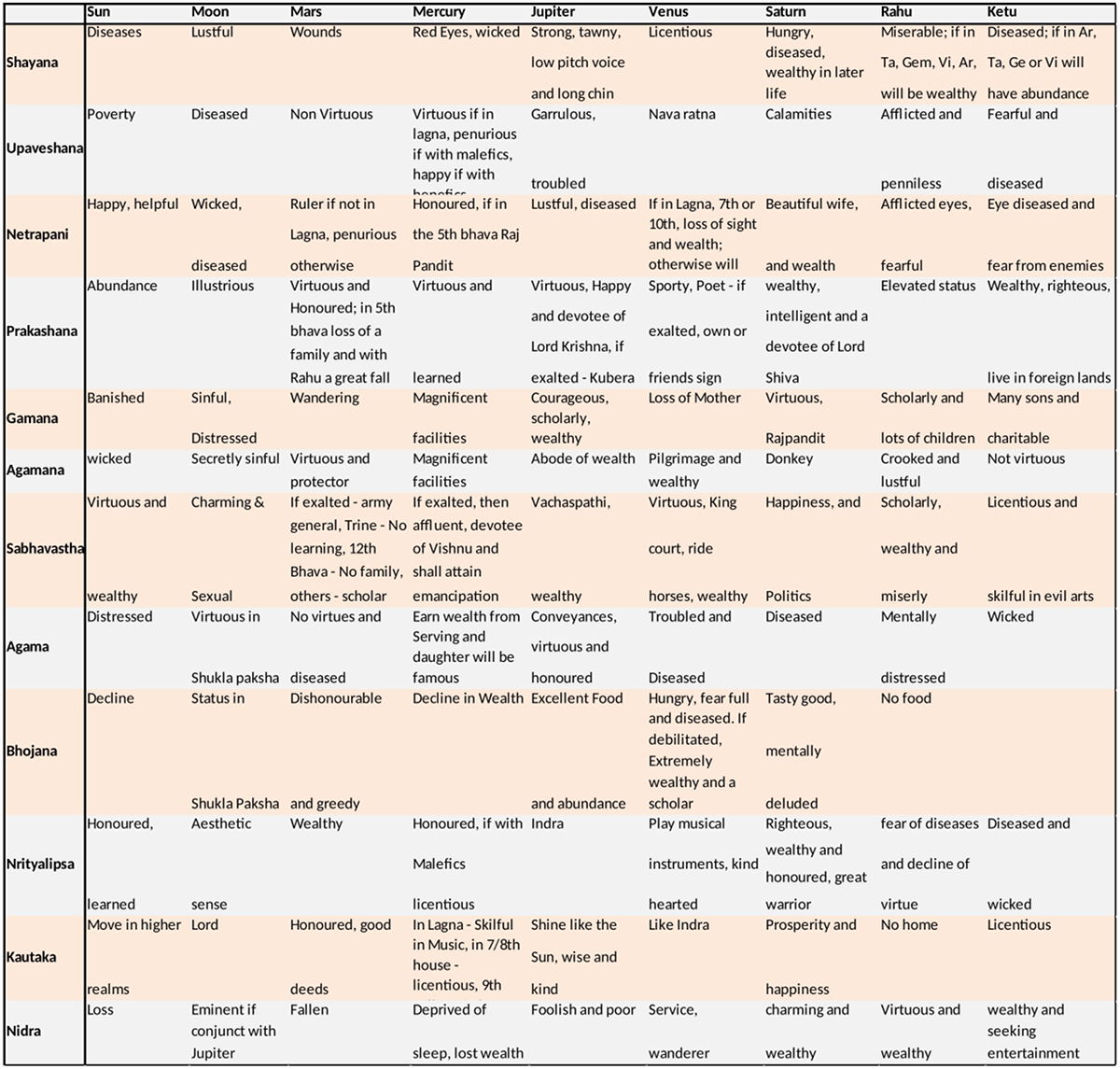

One of the major functions of the adrenal gland is to respond to stress.


The medulla is stimulated to secrete the amine hormones epinephrine and norepinephrine.

The sympathomedullary (SAM) pathway involves the stimulation of the medulla by impulses from the hypothalamus via neurons from the thoracic spinal cord. It is really an extension of the autonomic nervous system, which regulates homeostasis in the body. The adrenal medulla is neuroendocrine tissue composed of postganglionic sympathetic nervous system (SNS) neurons. This pathway will be discussed in more detail below. ACTH then stimulates the adrenal cortex to produce the hormone cortisol. The HPA axis involves the stimulation of hormone release of adrenocorticotropic hormone (ACTH) from the pituitary by the hypothalamus. The adrenal cortex, as a component of the hypothalamic-pituitary-adrenal (HPA) axis, secretes steroid hormones important for the regulation of the long-term stress response, blood pressure and blood volume, nutrient uptake and storage, fluid and electrolyte balance, and inflammation. Each region secretes its own set of hormones. The cortex itself is divided into three zones: the zona glomerulosa, the zona fasciculata, and the zona reticularis. The adrenal gland consists of an outer cortex of glandular tissue and an inner medulla of nervous tissue. Understanding how the signs and planets operate in each of your twelve astrological houses will lead to more clarity on who you are and what you are here to do, illuminating the path of self-discovery and self-fulfilment.View the University of Michigan WebScope at to explore the tissue sample in greater detail. They represent every facet of your existence. The twelve astrological houses are the stage on which your life unfolds. All you ever want to know about the houses in your natal chart! What is your 7th or 10th house, what is the sign that rules it? Is there a planet that matters in this sphere of life? What does it mean if there are no planets in a house? And much more!


 0 kommentar(er)
0 kommentar(er)
